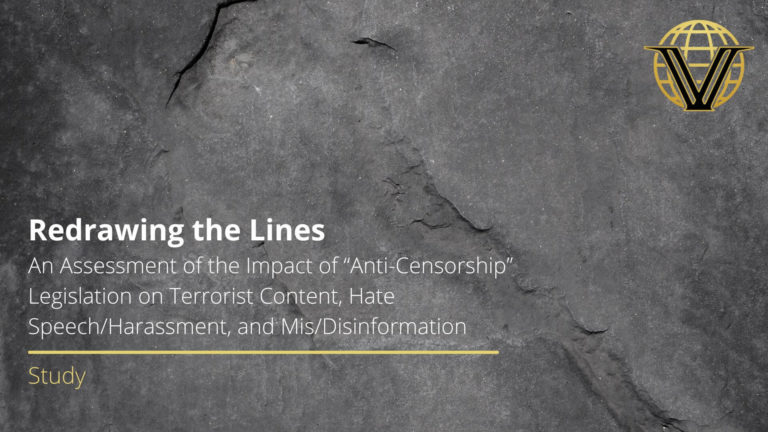Daveed Gartenstein-Ross
Sixteen years after the 9/11 attacks and the onset of the “war on terror,” the jihadist movement has grown stronger in almost every measurable way. Jihadists enjoy more safe havens throughout the globe, control more territory, are at the forefront of more insurgencies, and have achieved more popular support than they did 16 years ago. The pace and lethality of terrorist attacks in Europe represents something of a nightmare scenario, with hundreds of Europeans dying in the past three years. ISIS’s mobilization of foreign fighters creates a looming security issue across dozens of countries that will have to deal with returning fighters.
While the factors leading us to this alarming state of affairs are many—including ill conceived foreign adventures and critical misreadings by analysts at key junctures, including the lead-up to the Iraq war and early on the Arab uprisings—we cannot overlook how technological advances have provided terrorists with significant new opportunities.
Technology has tended to have an ambiguous impact on sub-state violence. While militant groups seek to capitalize on new advances, states can leverage these same platforms, including for surveillance and getting information from local populations.
One of the most important studies on this issue, by political scientists Jacob Shapiro and Nils Weidmann, used micro-level data from Iraq to compare trends in cell phone network penetration with insurgent violence. The trends in declining violence that Shapiro and Weidmann found suggested to them “that cell phone coverage reduces insurgent violence largely because it enhances voluntary information flow from noncombatants to counterinsurgents by reducing the risks of informing.”
The ambiguous impact of new technologies appears to have given way in recent years, with militant groups capturing the upper hand. This is likely because the world has witnessed breakthroughs across so many spheres at once that exploiting new advances has proven easier for those who would use them to destroy—who have the easier job—than for those who want to use them to protect.
An early sign of this shifting technological advantage was the way ISIS combined a deft exploitation of social media’s potential with advances in DIY video production techniques to craft slick and effective propaganda that helped drive a record number of foreign fighters to the Syria-Iraq theater.
Though suspensions of pro-ISIS accounts by service providers reduced, but did not eliminate, the returns ISIS could expect from social media, the militant group had already found other creative ways to exploit new advances.
The post-Edward Snowden boom in end-to-end encryption allowed ISIS to forge digital methods of providing the same services to remote operatives that physical terrorist networks once provided. Over the past few years, Syria-based ISIS operatives have found recruits online, spurred them to action, and played an intimate role in the conceptualization, target selection, timing, and execution of attacks. They used encrypted communication platforms to assist in bomb-making techniques. Virtual planners have even helped operatives who got cold feet, literally coaching them until the moment they blew themselves up.
The virtual planner model has helped transform lone attackers who rely on the Internet from the bungling wannabes of a decade ago into something more dangerous. These operatives have been seamlessly incorporated into jihadist groups’ global strategy in a way they never were before.
Then there are advances that haven’t yet been used in Western countries, but that militant groups are already beginning to master. As Iraqi forces retook Mosul from ISIS, the militant group used drones to drop explosives on the advancing soldiers. And then there are the powerful, improvised explosive devices that have become all too common in the war zones of the Middle East and South Asia—designs that we fortunately haven’t yet seen successfully migrate to Western cities.
Over time, the advantages of new technologies may swing back in favor of states. It’s possible that this will result from hard work on the part of governments that grapple with whether their organizational design is sufficient to deal with the perils and promises of new technologies. But for now, the efficacy of militant groups continues to rise, and every time you stop to admire a new app or tech toy, someone else is wondering how they can use it to kill.
We should brace for worse.



